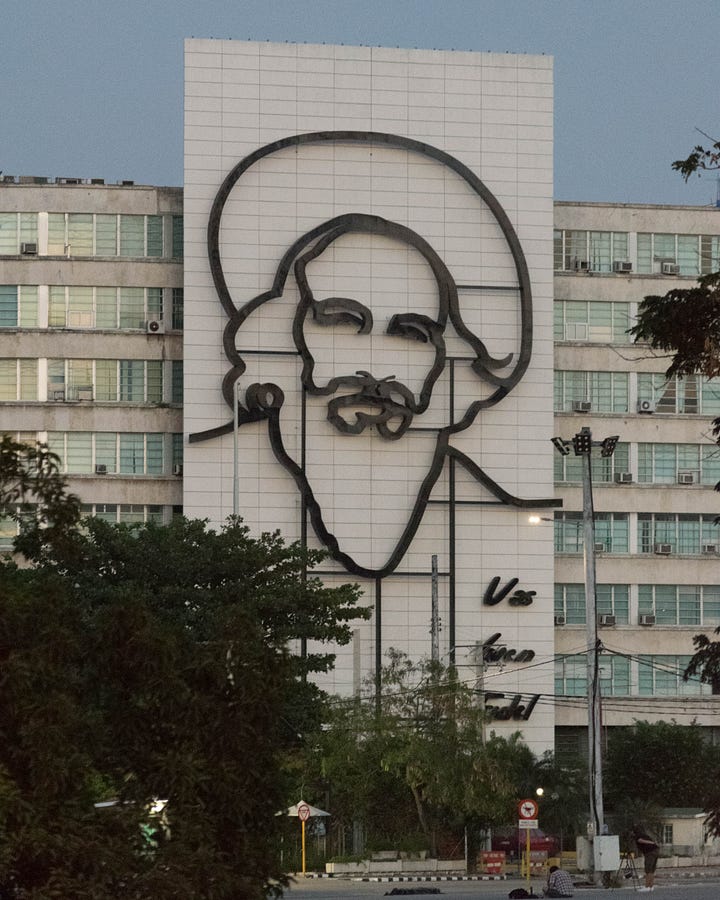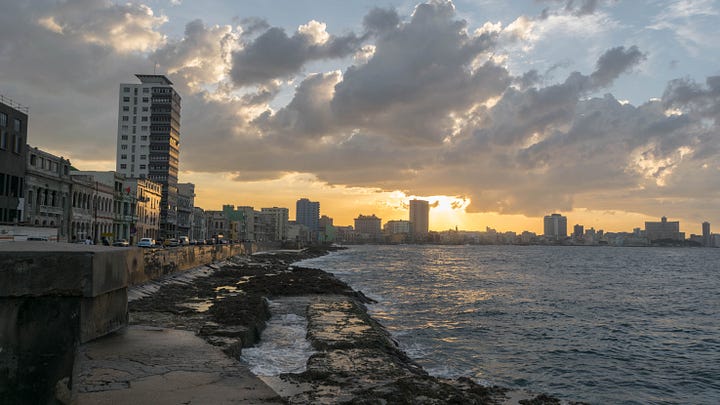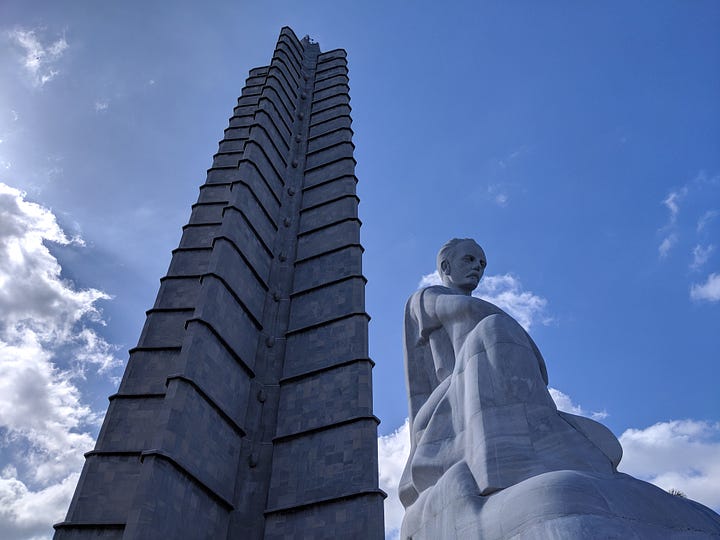Havana
A capital city untouched by U.S. influence and full of surprises.
For New Year's 2019, we decided to go to Cuba. Planning a trip to Cuba is challenging. It’s just an hour's flight from Miami, but everything is completely different. This isn’t a typical Caribbean cruise port where you’ll find a McDonald’s, drink Coke, and browse the same bamboo-sheet and sun-activated t-shirt stores you saw at the last stop. Cuba is completely un-Americanized and raw. You’ll go without internet for days at a time, you can’t stay in hotels, there aren’t many websites to book attractions ahead of time, and you’ll have no idea how you’re going to get from city to city. It’s a travel planner’s worst nightmare. It’s what I imagine traveling must have been like in the ‘80s and early ‘90s.
The logistics of traveling to Cuba are unlike those of most other countries. U.S. credit and debit cards aren’t accepted, so you have to bring enough cash to cover your entire trip. Internet access is only available through prepaid one-hour Wi-Fi cards, which can only be used at designated Wi-Fi hotspots. Your phone won’t have service. It’s a lot to figure out and probably why you don’t hear many people talking about “the time they went to Cuba”.
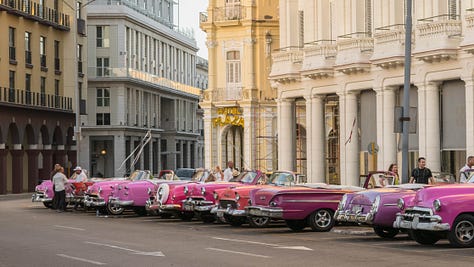
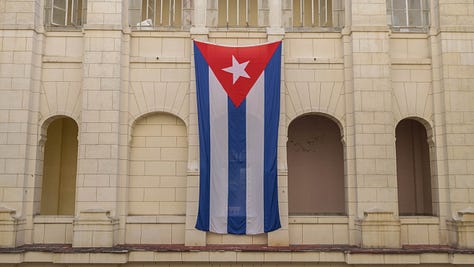
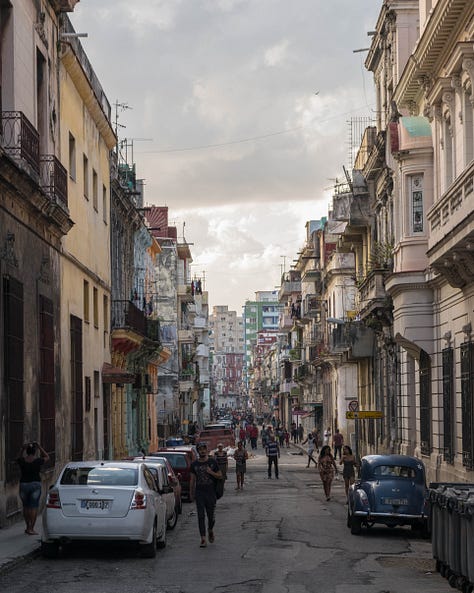
When we first arrived in Havana, we exchanged USD for CUP at the airport. At the time, Cuba had two currencies (this changed in 2021): the CUP and the CUC. One was for tourists, and the other for locals. It didn’t make much sense, but I was glad to be familiar with the two when a “taxi” driver tried to scam us. He claimed we had paid him in CUC instead of CUP. Since I knew we didn’t have any CUC, I suggested we check with a nearby police officer. He suddenly changed his mind and accepted the significantly lower-valued CUP (which we absolutely did not give him), at a 1:25 exchange ratio.
We took a taxi into town and checked into our first casa particular of the trip. A casa particular is essentially a room in someone’s home, and thankfully, you can book them on Airbnb. Upon arrival, our host gave us an hour-long rundown: where to go, what to see, where to eat, and everything else on his mind. All in Spanish
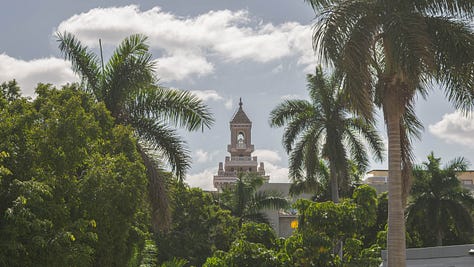
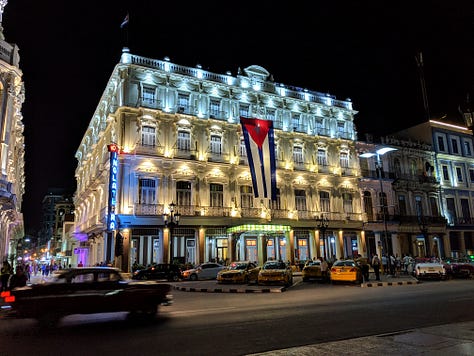
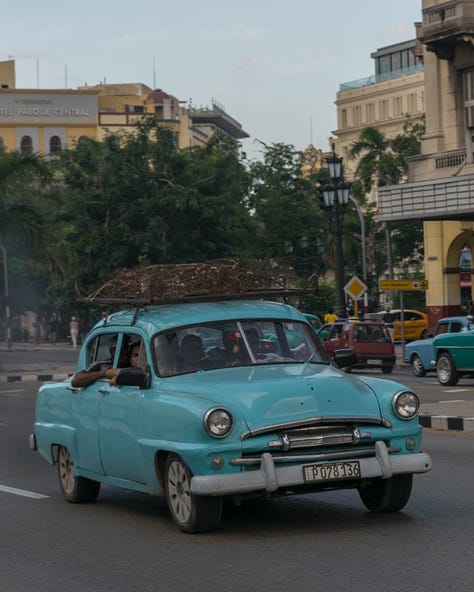
Ashley and I both speak some Spanish, and it really paid off in Cuba. We’ve been to five Spanish-speaking countries but had never used as much Spanish as we did here. I honestly don’t know what you would do if you didn’t speak any Spanish. We booked almost everything in Spanish, from hiring drivers between cities to arranging activities and ordering food. Every time I asked if someone spoke English, I was met with blank stares. Traveling in Cuba without Spanish would make an already difficult trip to plan even more difficult.
Food in Havana is pretty good, with an interesting variety. Most restaurants fell into two categories: authentic Cuban cuisine or attempts at international dishes. The main dish we had was ropa vieja, typically served with yuca and rice. Fried plantains were also a common side. One place near us made surprisingly good burgers and milkshakes. We even found a great Chinese restaurant. All of our meals were decent, but there was always something slightly off. I can’t quite put my finger on it, but if you gave me seven different versions of Chinese food from different countries, I could pick out the Cuban one instantly.
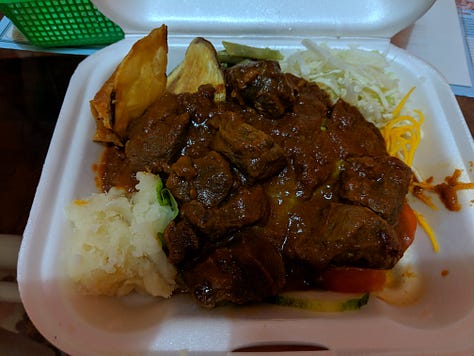
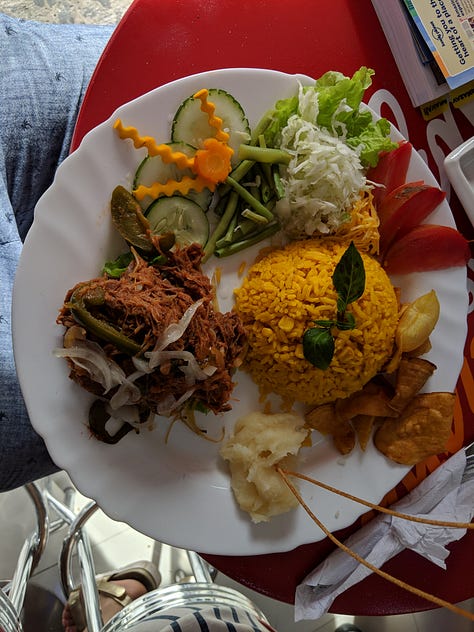

Breakfast in Cuba was usually at our casa particular or arranged through a neighbor. It typically involved lots of fruit and bread and usually came with conversations with our hosts. Our hosts were incredibly helpful, often assisting us with exchanging money (at better rates than official exchange businesses) and finding drivers to take us to our next destination.
One thing I found especially amusing was how many restaurants stocked Costco products. Someone must be shuttling Costco orders from the U.S. to Cuba. In a country with minimal American influence, it was funny to see the familiar Kirkland Signature brand pop up in random places.
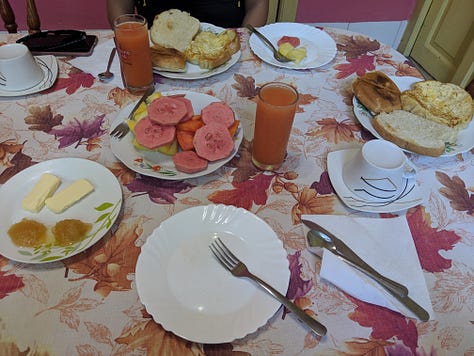
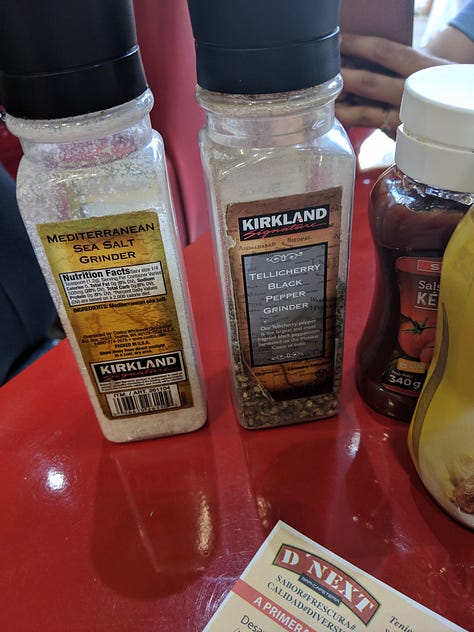
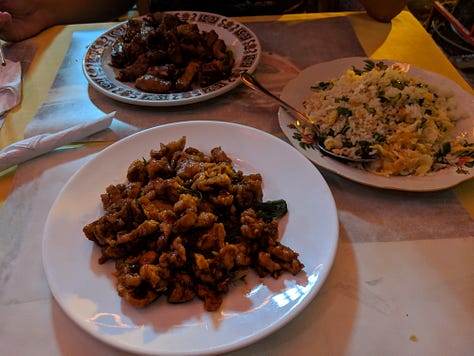
So, what did we actually do in Havana? We spent a lot of time walking around, eating, spotting old cars, strolling along the Malecón, and visiting museums and historical sites. On our way out each day, we’d stop by Hotel Inglaterra for Wi-Fi to look up information and message our hosts. I got really good at doing everything I needed online quickly to conserve our precious Wi-Fi minutes. Some highlights included Museo del Chocolate, Plaza de la Catedral, El Morro, Plaza de la Revolución, El Capitolio, and other museums. It was especially interesting to see the Cuban perspective on historical events involving the U.S.
Most importantly, Havana is a city best explored without a strict itinerary. Walk around, see what looks interesting, and let the city surprise you. Not having constant cell service to guide every step, search for the highest-rated restaurants, or book tickets instantly makes Havana feel more immersive and rewarding.
We spent about five days in Havana, and it felt like the perfect amount of time. From there, we headed to Trinidad to ring in the New Year where I rode a full sized horse for probably the last time, and then to the beach town of Varadero where I kept ordering the wrong style of eggs.
Cuba was an eye-opening experience, and I would love to go back someday. There’s something truly special about visiting a capital city untouched by global brands like Nike, McDonald's, or Coca-Cola. The absence of these familiar logos makes Havana feel like you are truly in another country, offering a unique and authentic travel experience.
